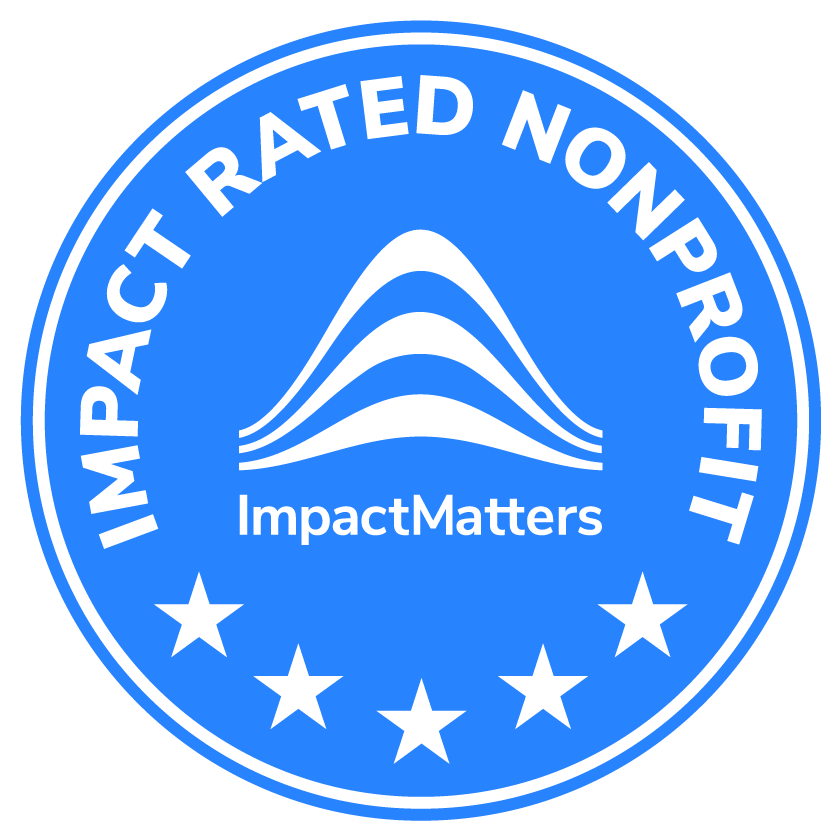This article was originally published 17 November 2011 on the Wall Street Journal's India Real Time platform.
You may not have known it from how the microfinance industry was portrayed over the past decade, but micro-lenders themselves have long known that small loans are not a silver bullet for the problems facing the more than 400 million Indians who earn less than a $1.25 a day.
Commonly referred to as the “ultra poor,” this population is highly marginalized and lives hand-to-mouth on meager wages from manual labor or by stretching subsistence farming income for months between harvests. For the ultra poor, it is extremely difficult to use loans for anything other than meeting their most basic food and healthcare needs.
Recognizing this gap, several organizations have tried to develop new ways of reaching and supporting the ultra poor, with the most effective being the CGAP-Ford Foundation Graduation Program , which was modeled on a system developed in Bangladesh by BRAC.These graduation programs initially provide a safety net of support involving food, healthcare and savings intended to stabilize the ultra poor’s circumstances, followed by a series of skill-building exercises to“graduate” participants into micro-entrepreneurship.
Photo by Noah Seelam/Agence France-Presse/Getty Images
While successful where they have been replicated, these programs still struggle to scale up to a level that meets the massive numbers of those in need. Because the safety net aspects of the program are frontloaded to the first 18 months and involve expensive handouts and coaching, the per-person cost commonly amounts to several hundred U.S. dollars.
The Sorenson / Unitus Ultra Poor Initiative was launched in 2008 and worked with five Indian NGOs on a series of pilots to experiment with ways to cut costs and improve the sustainability of this “graduation” model. What we found was that the primary assumption – that the ultra poor require 12 to 18 months of “rehabilitation” and support before they can learn new job skills and earn enough to meet their basic needs – may unnecessarily limit the scalability of otherwise promising programs.
Instead, through this initiative, we have seen that if the ultra poor are given an opportunity to start earning a stable income from the program’s outset, they are willing and able to pay for food, healthcare, and other services. To illustrate, one NGO we worked with, Uttarakhand-based Partners in Prosperity, estimates that by launching its program with job-skills training and the resources to start a new activity, it could reduce the cost of its ultra-poor program by as much as 80%. This dramatic reduction greatly improves the prospects for scale, allowing PnP to focus on making quality, affordable services available to households finally earning enough to pay for them.
This approach may seem intuitive to many. Dr. Aneel Karnani at the University of Michigan has been a particularly vocal advocate for a “jobs first” approach to poverty alleviation. But it represents a significant shift for those working specifically with the ultra poor. Some counter that the training provided during the subsidy-heavy first phase of a graduation program is necessary to build life skills and allows recipients to manage their households as much as it improves their ability to earn a living. They also contend the only way to build the necessary trust for a successful program is through intensive individual and community confidence-building activities, efforts that would be eclipsed by the demands of work.
Having worked with the ultra poor for many years, I can appreciate these concerns and agree that additional research will be necessary. But the idea that a group relegated to back-breaking labor is somehow unable or unwilling to take on a new, more dignified livelihood right away seems counterintuitive to me and I increasingly believe this view may be standing in the way of real progress in alleviating extreme poverty.
Taking a step back, if further experimentation shows that these findings hold up, it may open the door for the business community to play a potentially huge role in helping the very poorest. Should steady employment – not micro-enterprise — really be the first step toward self-sufficiency for hundreds of millions of extremely poor families, we can no longer sequester certain segments of the population from the mainstream economy. Instead, we must do everything we can to create an environment that nurtures businesses with the potential to create jobs and provide affordable services for these families. With the number of people still living in extreme poverty in India, we can’t afford not to.
Sachi Shenoy designed and oversaw the Sorenson / Unitus Ultra Poor Initiative between 2008 and 2011. She is now the Executive Director ofUpaya Social Ventures, an organization incubating new businesses that employ and serve the ultra poor.




